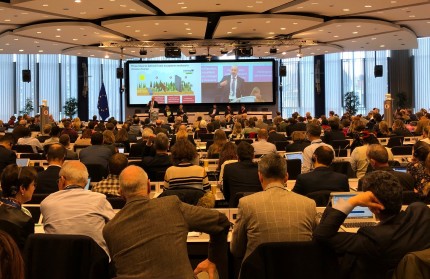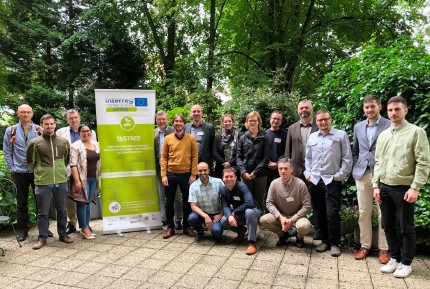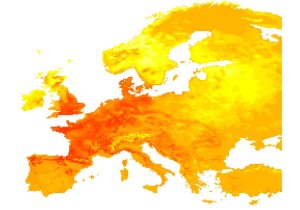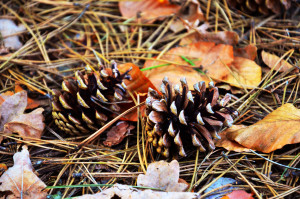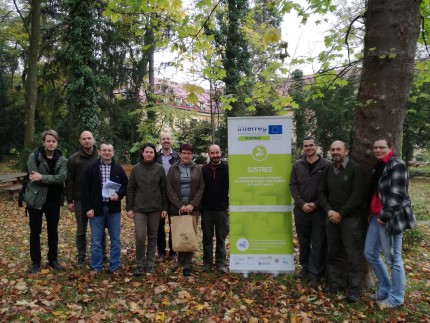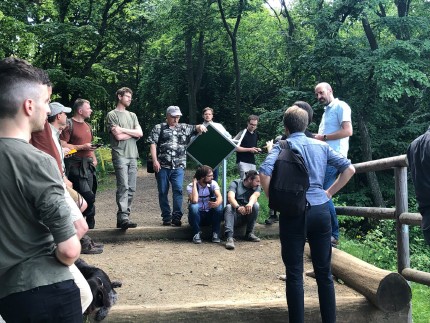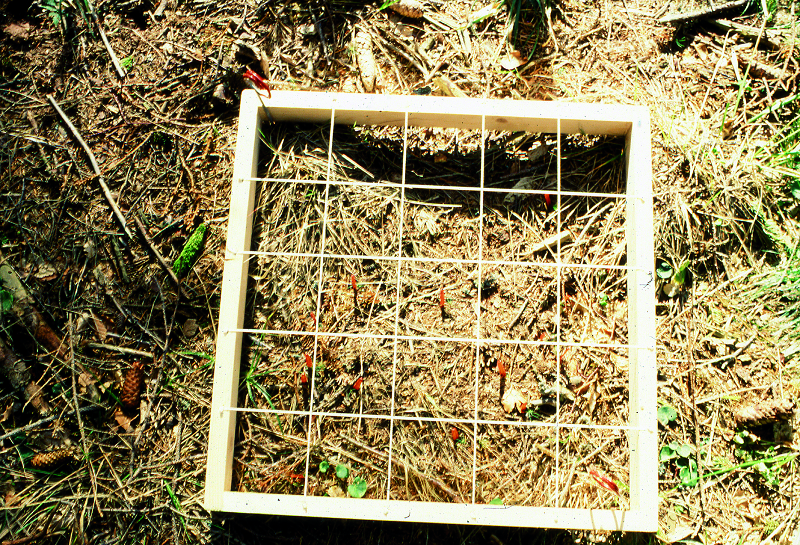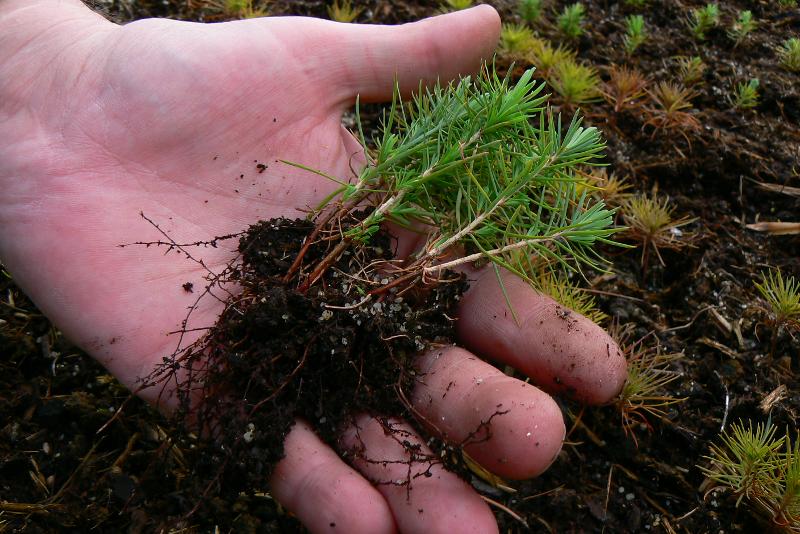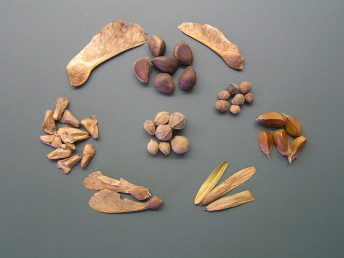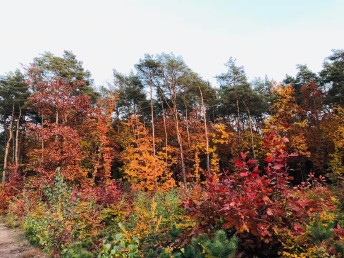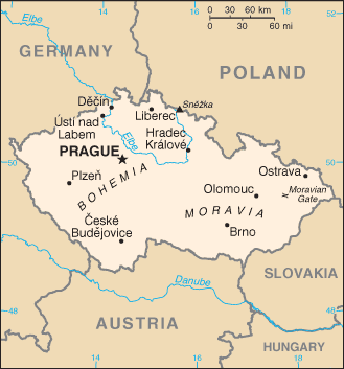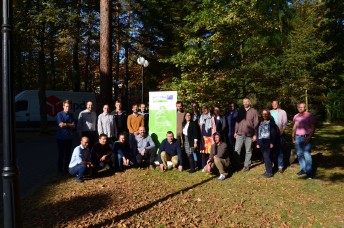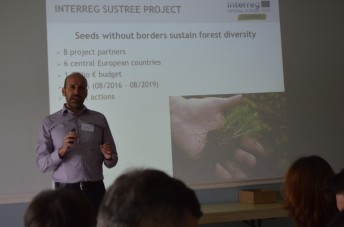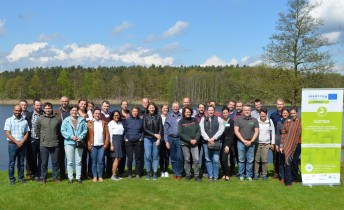SUSTREE Project Summary
Global temperatures already increased since 1880 by about 1 degree and are expected to rise further up to 4 degrees until the end of the century if no immediate reduction of greenhouse gas emissions takes place. Forest ecosystems worldwide are heavily affected by the new climate conditions and also Central European Forests were hit by unprecedented drought, bark beetle outbreaks and tree dieback. Adaptive silvicultural practices are therefore required to sustain the forests’ ecological and economic functions and the various ecosystem services they provide.
Adaptation measures include, among others, the planting of alternative tree species or tree provenances which are better adapted to the expected future climate. This includes the utilization of forest seeds and seedlings from the warm regions of the tree species natural ranges in order to increase forest resilience in climate change.
At present, regions of provenances, seed use and transfer are regulated mainly on the national level within the frame of the Council directive 1999/105/EG. Thus, Information on tree provenances and reproductive material is often available only in national languages and databases are not accessible for international users. As European tree species are not bound to national borders but follow large biogeographic patterns, this creates problems when selecting appropriate planting materials for reforestation using assisted migration and assisted gene flow.
In conclusion, SUSTREE outputs show that coordinated transnational management of forest seeds and seedling are highly required to support the adaptation of forests in climate change. Transfer models for seven tree species show that assisted migration and gene flow are efficient measure to improve forest resilience. However, the full implementation requires better data exchange and adjustments of present legislations. The overall aim of the Interreg Cooperation SUSTREE was to promote the adaptation of forest
ecosystems to climate change (CC) by enabling transnational management of forest genetic resources. This included
1) the development of transnationals model for assisted migration and gene flow for seven major forest tree species,
2) the development of a database with harmonised access to the national registers of the partner countries;
3) the pilot testing of the developed tools for vulnerability assessments and seed management scenarios of a large forest enterprise and national parks;
4) and the provision of freely available tools to inform forest and conservation managers as well as forest nurseries about forest vulnerability and seed transfer.
We used forest data collections across Europe including data of tree occurrence, climate, soil, and provenance growth to develop tree species distribution & vulnerability maps as well as seed transfer models for different CC scenarios. Our focal species were Norway spruce, silver fir, Scots pine, European larch, European beech, as well as pedunculate and sessile oak. These models were made applied to presently registered seed stands in the six partner countries. Moreover, the SUSTREE models were used in three pilot studies for vulnerability assessments and seed management scenarios for the Austrian state forests ÖBf and the two Czech national parks Krkonoše and Podyjí.
Vulnerability maps and transfer models were integrated into decision support systems as freely available smartphone and PC apps. Also, our project results were disseminated to to policy makers on highest national levels (in Prague, Budapest, Berlin, Vienna) and throughout Europe (Brussels events) and communicated in two Policy briefs.
Output
7 Strategies and
Actions Plans
3 Pilot Actions
160 Trained
Individuals
583 Stakeholders
reached
OUtputs and deliverables
See the most prominent and important thematic outputs and deliverables per work package.
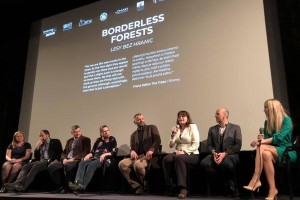
Communicating adapted genetic resource use
- (SUSTREE Basic Results Poster, pdf 2.9 MB)
- (Further communication deliverables, zip 64.5 MB)
- (Survey Report among Forest, Nursery and Conservation Managers, pdf 1.1 MB)
- (SUSTREE Output Leaflet, pdf 2.4 MB)
- (SUSTREE Media Coverage, pdf 5.8 MB)
- (SUSTREE Basic Info Poster, pdf 10.7 MB)
- (Borderless Forests: 'Making of' and Movie premiere, pdf 1.1 MB)
- (Genetic Resources: the Key to Adaptation of Forests to Climate Change, pdf 0.8 MB)
Learnings from Pilot Action
The necessity to support the adaptation of forest ecosystems to a warmer climate by adequate measures has long been discussed and agreed within the scientific community. However, natural resource managers of forest land, may it by forest or conservation managers are so far little informed about appropriate adaptation measures. Thus, SUSTREE aimed at informing forest and conservation managers about the option to promote climate change adaptation by using adapted planting material. To showcase the benefit of SUSTREE solutions, three pilot studies were conducted.
The aim of Pilot Action 1 concerns the application of the tree species vulnerability and seed transfer models developed within SUSTREE project on forest stands managed by the Austrian Federal Forests ÖBf. ÖBf is a large forest enterprise owned by the Republic of Austria and was also a project partner of SUSTREE. The ÖBf manages about 850,000 hectares of natural land for the Republic of Austria, of which about 510,000 hectares are forest. The pilot study included the identification of seed stands, an estimate of regeneration requirements for test sites, model application and documentation. The objective was to test the models for its applicability and to assess the current stocking and target stocking across all management units and for 8 designated test sites.
The Austrian federal forests ÖBf proposes to respond to the effects of climate change by changing the current tree species composition by increasing the share of native broadleaved species such as the European beech and conifers such as the European larch and Silver fir. The SUSTREE pilot study revealed that such a change in species composition reduces the vulnerability of the forests in almost all the bioclimatic regions of Austria and within the most forest management units of the ÖBf. In addition, the increase in share of broadleaved species also promotes an increase in biodiversity, as estimated by Shannons diversity index. In general for all target tree species, future adapted populations should originate from the warm and drier parts of their current distribution. Although the ÖBF has a reasonably good network of forest seed stands and seeds stored, the demands of adapted planting materials might not be met, if the suggested seed transfer is implemented as suggested.
Therefore, new seed stands from adapted tree populations need to be identified and seed import from outside Austria need to be considered. The aim of Pilot action 2 was the application of species vulnerability and seed transfer models for two conservation areas in Czech Republic. The Czech University of Life Sciences Prague selected Krkonoše National Park (KRNAP) and the National park Podyjí-Thayatal located at the Czech-Austrian borders. Main activity was to identify the vulnerabilities of tree species and, according to available models, make suggestions for optimal transfer of regeneration material.
In Krkonoše National Park (KRNAP), the pilot application showed that a decline of Norway spruce in lower altitude areas and a significant loss of silver fir can be expected. At the same time, European beech can expected to occur more frequently at higher altitudes. In the second study site (Podýjí), European beech and sessile oak will face a major decline, whereas pedunculate oak will probably be one of the survivors among the woody plants.
Overall, our pilot studies demonstrate that climate change will put local populations of forest tree species out of their optimal climatic range. SUSTREE vulnerability maps were found to be useful tools to predicted the current and future probability of occurrence and to disseminate this knowledge to regional forest and conservation managers. In many cases, more suitable seed sources can be recommended for vulnerable forests but so far the accessibility of the better suited seed and seedling material is not sufficient to meet the demands of practitioners.
The realized pilot studies show that the developed SUSTREE tools can strongly support the decision making in forest and conservation management. With these tools, similar pilot studies can be conducted throughout Central Europe. Also the scope of the pilot actions could be easily modified to address more specific forest types or forest function, for example to focus on forest water reservoirs or on alpine protection forests. The SUSTREE project partners aim at implementing such pilot studies in upcoming international and national projects.
News
Project partners
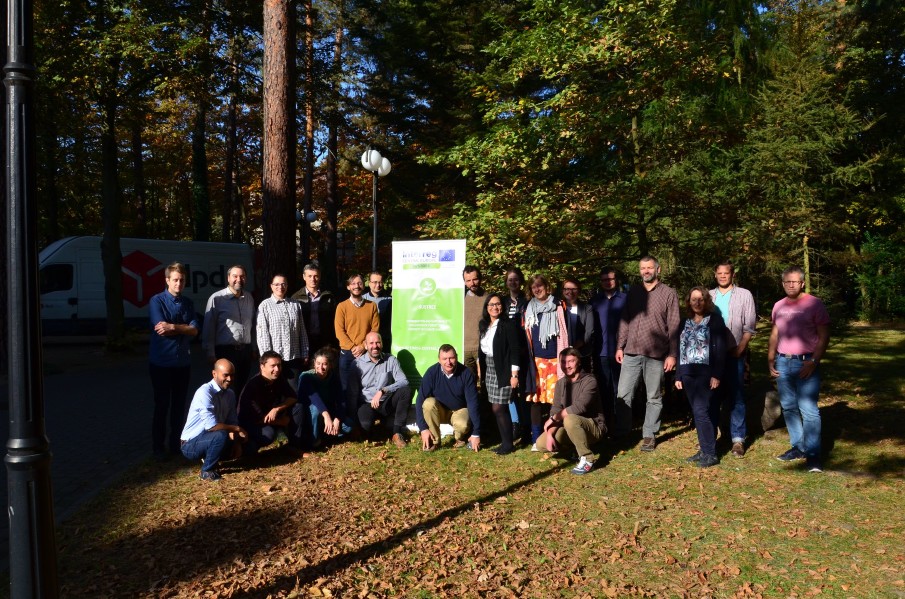
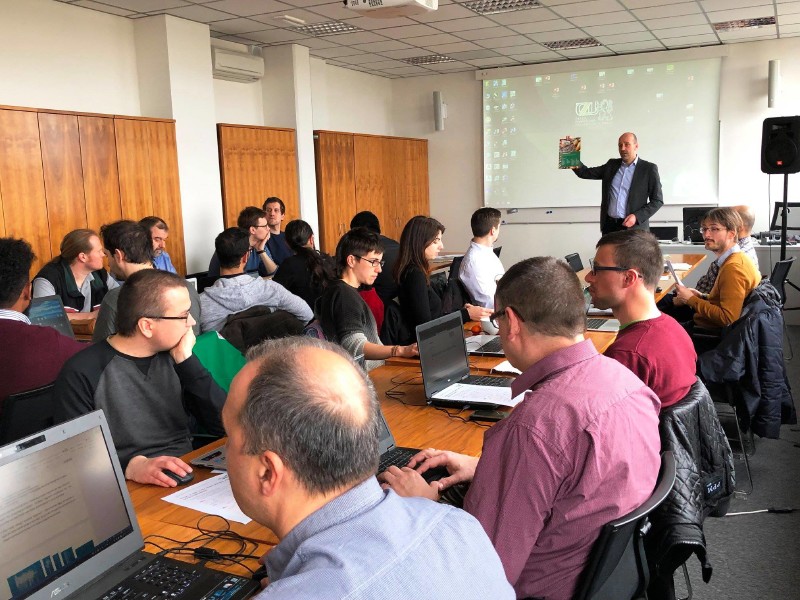
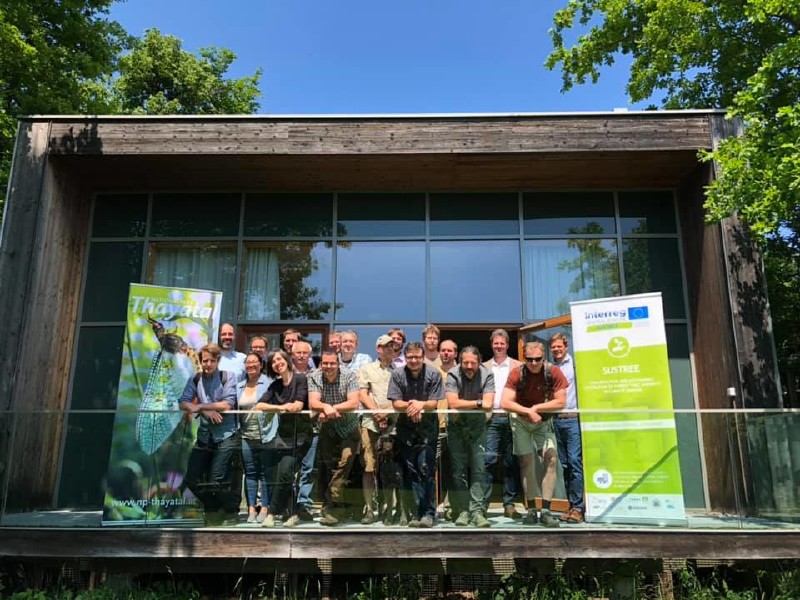
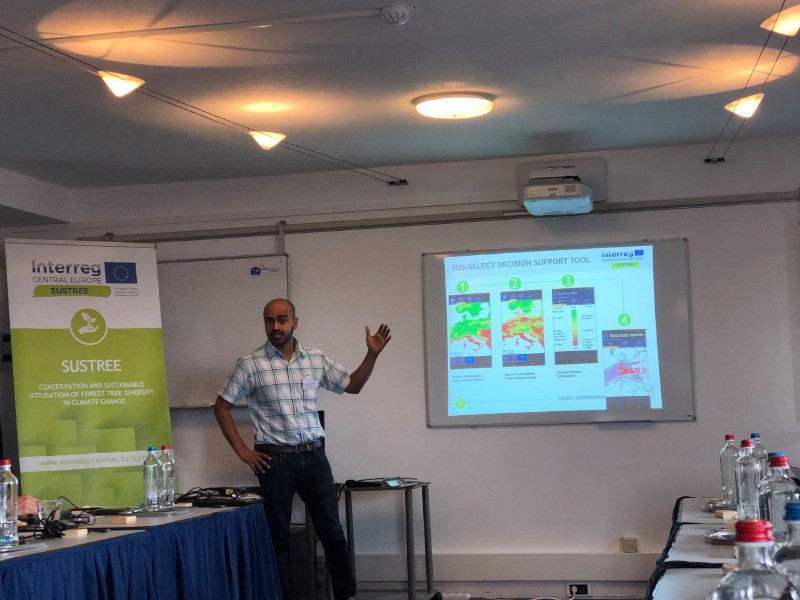
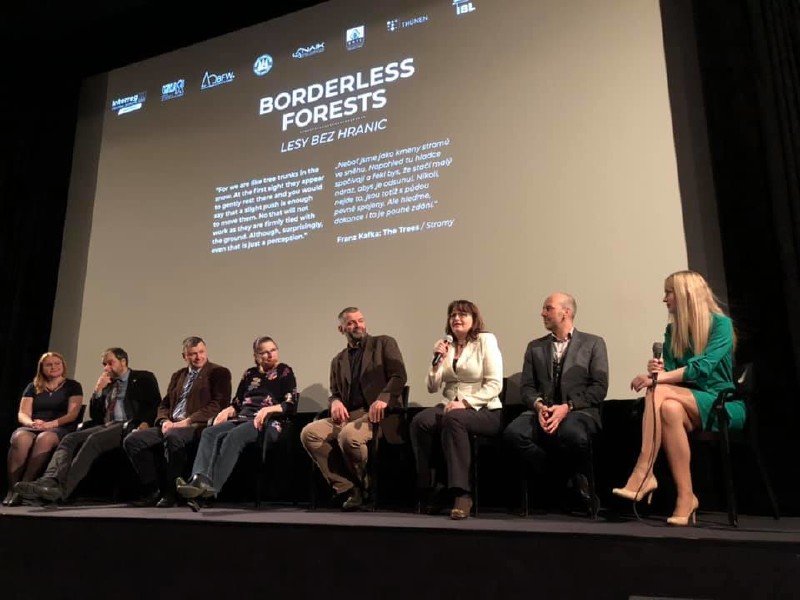
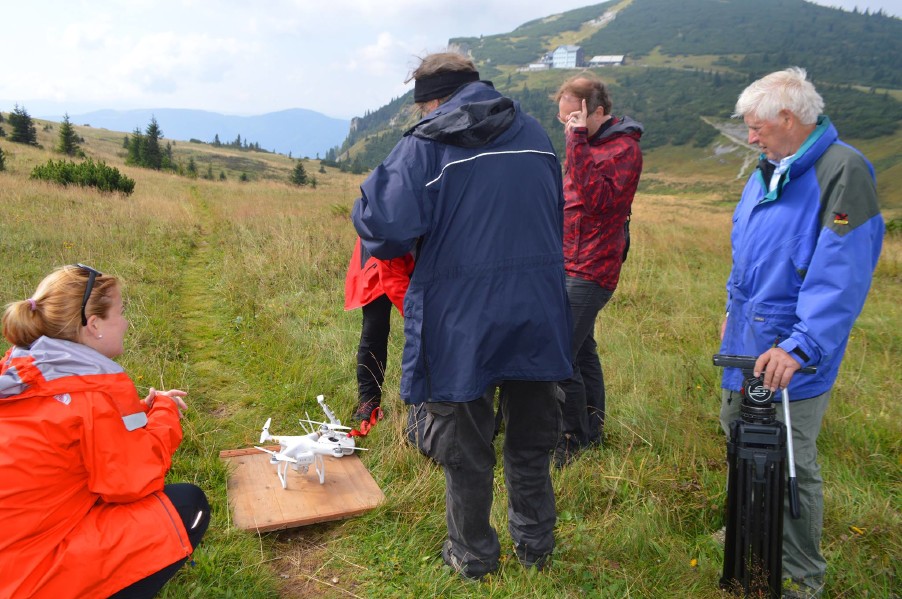
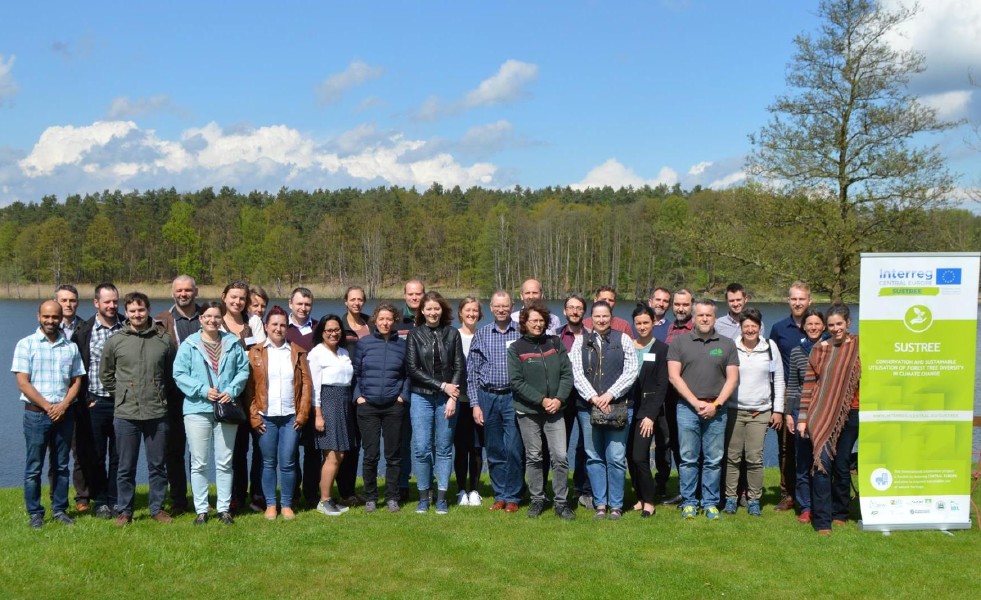
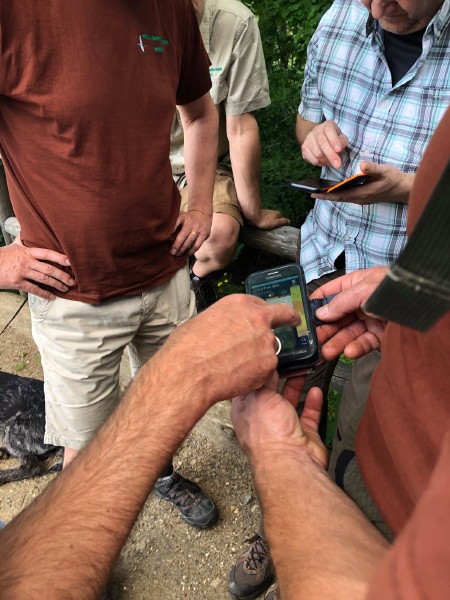
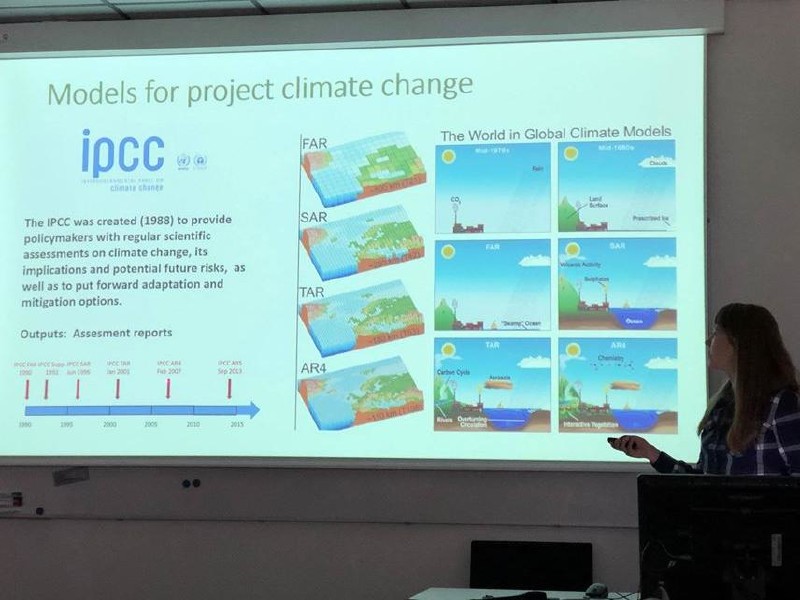
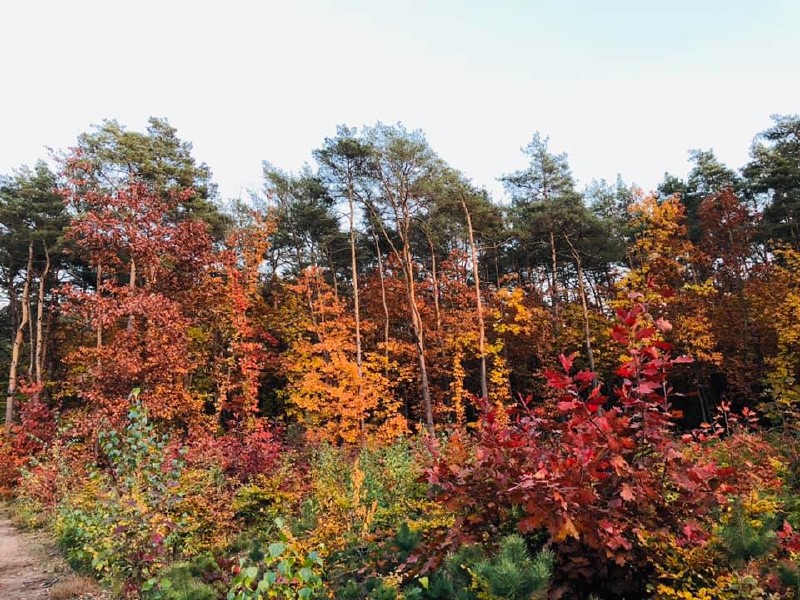
contacts
SUSTREE
o1 08 2016
31 07 2019
